- Accelerated Biosciences and Stemmatters announce a partnership to co-develop and market human iPSC derived from hTSC.
- This collaboration marks Accelerated Biosciences’ entry into the EU market, leveraging its cutting-edge hTSC platform.
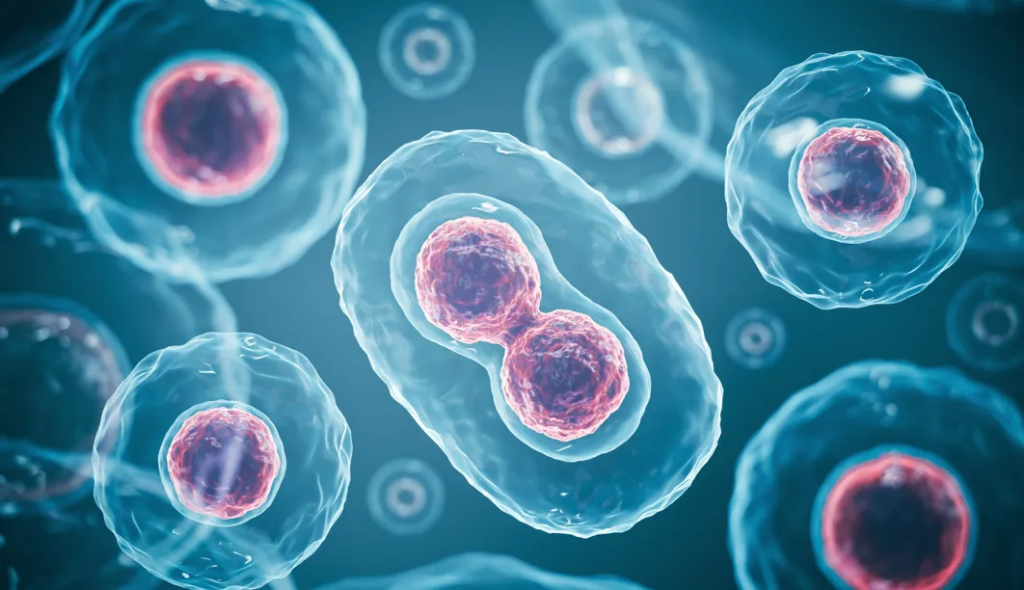
Accelerated Biosciences and Stemmatters have entered into a strategic partnership to advance the development and commercialisation of human induced pluripotent stem cells (iPSC) derived from human trophoblast stem cells (hTSC). The collaboration will focus on leveraging Accelerated Biosciences’ innovative hTSC platform, which provides an optimal foundation for regenerative medicine.
This partnership represents Accelerated Biosciences’ debut in the European market, creating new opportunities to deliver its hTSC-derived iPSC to a region with significant potential for cell therapy and regenerative medicine. By combining expertise, the two companies aim to meet EU regulatory requirements and provide advanced treatment options to patients.
Rui A. Sousa, CEO of Stemmatters, highlighted the impact of this collaboration, stating, “We recognize the immense potential of hTSC as a groundbreaking platform for scalable manufacturing of multiple cell types, including iPSCs. This technology enhances our value proposition and strengthens our commitment to advancing cell therapy and regenerative medicine development in Europe.”
The hTSC platform offers unmatched advantages, including high plasticity and genetic stability, making it a superior starting material for iPSC production. These cells are ethically sourced and reprogrammed from the earliest-stage, pre-implantation pluripotent stem cells, potentially outperforming those derived from adult somatic cells.
Yuta Lee, CEO of Accelerated Biosciences, underscored the importance of the platform, saying, “Our hTSC platform is not only the earliest ethically sourced pluripotent stem cell source available but also one of the most dynamic and versatile. This collaboration with Stemmatters will enhance our understanding of hTSC characteristics and enable us to develop the necessary tools and knowledge to engineer and optimize hTSC to iPSC reprogramming processes to create a better iPSC platform for regenerative medicine.”


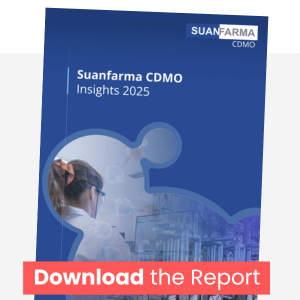
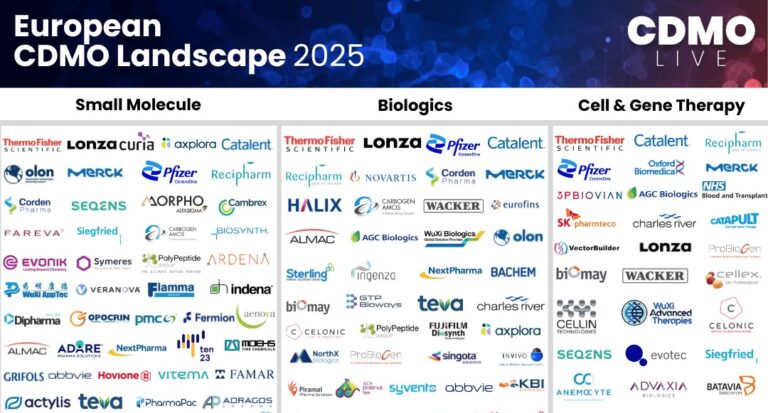

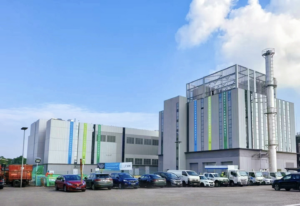
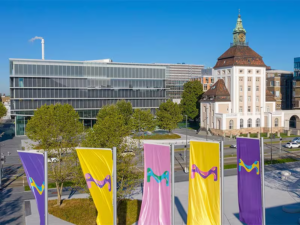
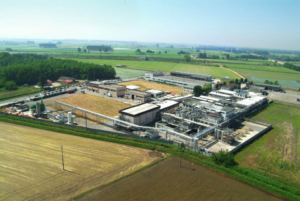
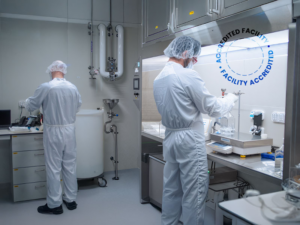
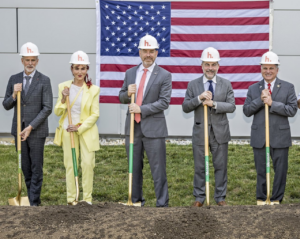
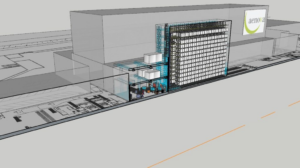


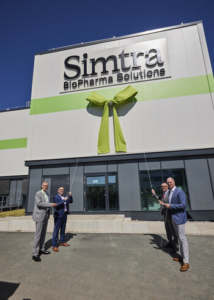
 Stay ahead of trends and best practices
Stay ahead of trends and best practices
